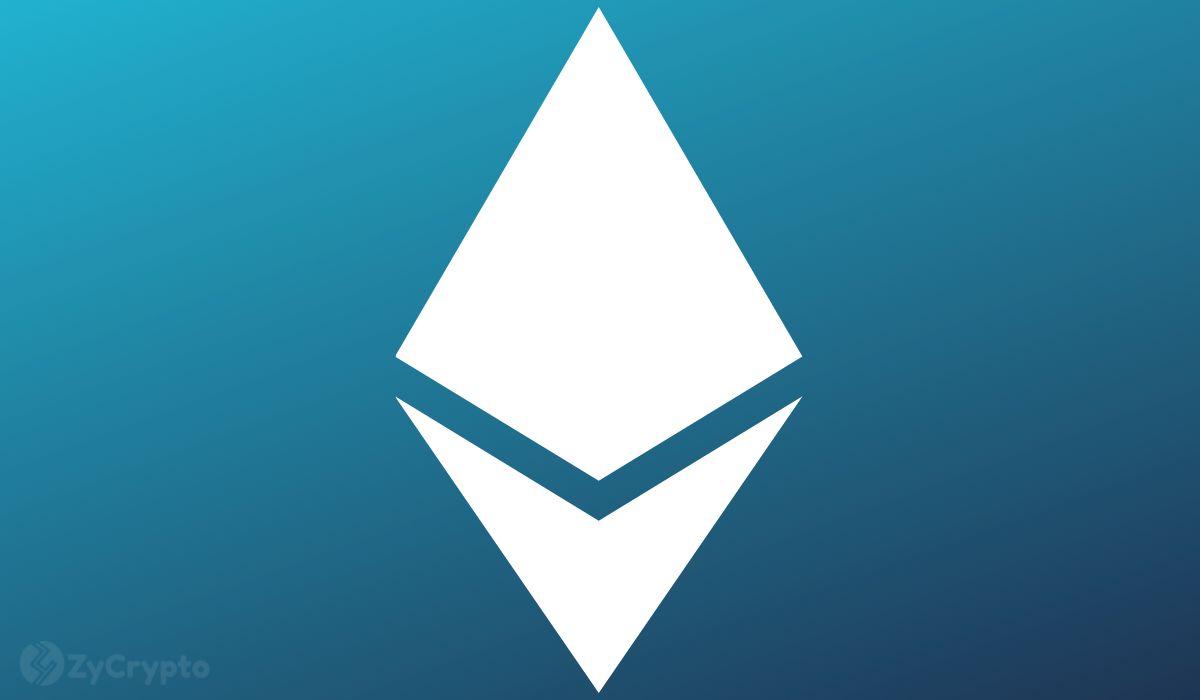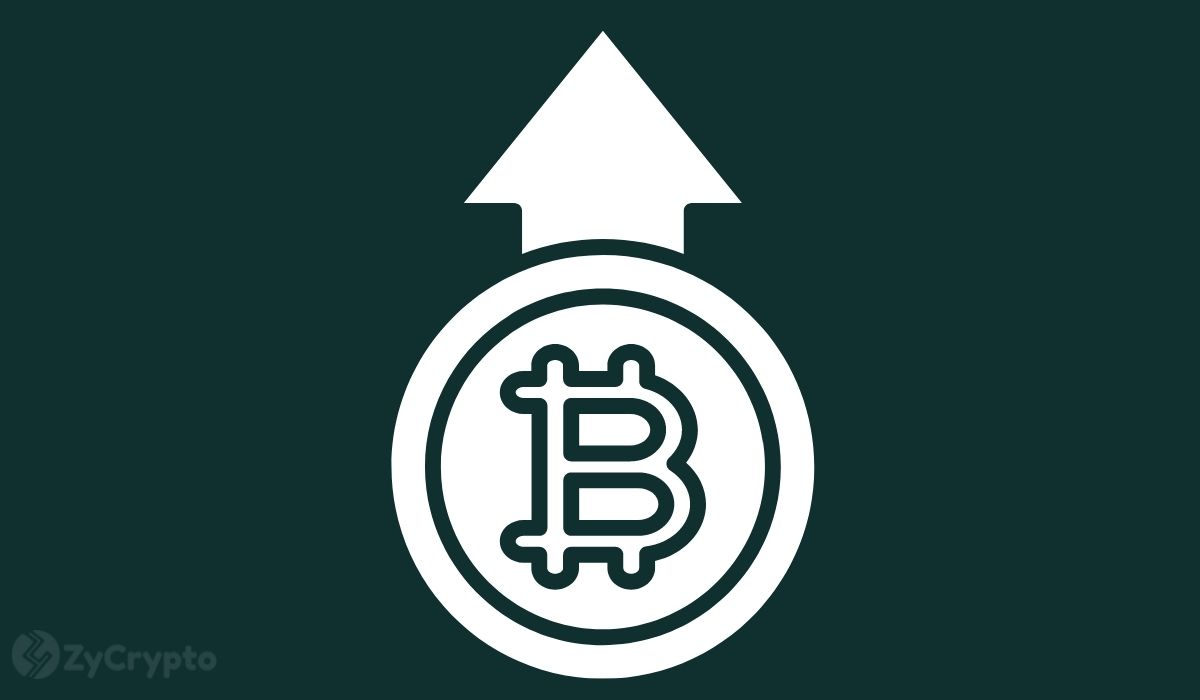ARTICLE AD BOX

The post Stablecoin Performace in 2023: A Research Report on Trends, Insights, and Predictions appeared first on Coinpedia Fintech News
Step into the world of stability and innovation with our Stablecoin Report 2023. In an era where finance rapidly embraces digital transformation, stablecoins have emerged as the linchpin, offering a unique blend of digital prowess and traditional reliability. As we navigate the dynamic landscape of the cryptocurrency sector, this report dives deep into the performance of stablecoins in 2023.
Discover how these digital currencies, tethered to real-world assets or algorithms, have not only weathered the storms of volatility but have become instrumental in bridging the gap between the digital and fiat currency realms. Join us on a journey through the evolving landscape of stablecoins and their profound impact on the financial future.
1. Analysing Stablecoins: Market Capitalisation
The stablecoins dynamics in 2023 reflect varying degrees of stability, with Tether leading in resilience while others navigate subtle shifts and challenges in the evolving digital currency landscape.
The graph shows the market capitalization-focused analysis of a few stablecoins, including USDT, BUSD, USDC, USDP, and DAI.
| Stablecoins | 3rd Dec, 2023 | 6 Month Perf % | 1 Year Perf % | 5 Year Perf % |
| USDT | 89.674B | -0.26% | +0.01% | +1.48% |
| BUSD | 1.653B | +0.01% | -0.07% | -0.12% |
| USDC | 24.51B | -0.33% | -0.06% | -1.00% |
| USDP | 446.636M | +0.02% | +0.16% | -1.00% |
| DAI | 5.348B | -0.11% | -0.01% | -0.61% |
The chart and the table clearly explain that in 2023, stablecoins, digital currencies pegged to traditional currencies, exhibit diverse market performance.
Tether (USDT), the largest by market capitalization at $89.674 billion, maintains stability despite a marginal 6-month decline of -0.26%. Over one year, it shows resilience with a negligible 0.01% increase, while the 5-year performance demonstrates a modest +1.48% rise.
Binance USD (BUSD), valued at $1.653 billion, showcases a slight positive trend, gaining +0.01% in the last six months. However, its 1-year and 5-year performances depict marginal losses of -0.07% and -0.12%, respectively.
USD Coin (USDC), with a market cap of $24.51 billion, faces a short-term dip of -0.33% in the past six months and a minor -0.06% setback in a year. Its 5-year trend is more bearish, with a -1.00% decline.
USDP, standing at $446.636 million, displays a positive 6-month performance of +0.02% and a 1-year increase of +0.16%. However, its 5-year performance echoes the cautionary trend of -1.00%
DAI, valued at $5.348 billion, encounters a marginal decline in the short term (-0.11% in 6 months) and virtually no change over a year (-0.01%). The 5-year trajectory leans slightly negative at -0.61%.
2. Market Share of Stablecoins: What You Should Know
In the fast-evolving realm of digital currencies, stablecoins play a pivotal role, boasting a collective market capitalization of $129.189 billion.
2.1. Stablecoin Dominance: Unveiling Market Shares
See the diagram below to understand the share percentage of a few prominent stablecoins compared to the total market capitalization of stablecoins.
| Stablecoin | % in comparison to the total Markt Cap of Stablecoins |
| USDT | 69.39% |
| BUSD | 1.28% |
| USDC | 18.97% |
| USDP | 0.35% |
| DAI | 4.14% |
| Others | 5.87% |
Tether (USDT) emerges as the behemoth, commanding an impressive 69.39% slice of the stablecoin pie, underlining its significant influence.
Binance USD (BUSD) follows with 1.28%, with USD Coin (USDC) and DAI securing substantial positions at 18.97% and 4.14%, respectively.
USDP contributes 0.35%, and the remaining diverse stablecoins collectively form 5.87%.
This breakdown highlights the nuanced landscape within stablecoins, showcasing Tether’s dominance and the diverse contributions of other key players.
2.1.1. Top Stablecoins by Markt Cap in 2023: Tether & USDC Vs. Others
Tether (USDT) dominates the stablecoin market in 2023, with nine times higher trading volumes than USDC, the second top player. The domination of USDT over USDC can be easily explained by its varied usage; USDT is famous for transactions globally, while US forms prefer USDC for storing value.
USDT and USDC collectively control around 88.36% of the market, leaving only 11.54% for other stablecoins. Notably, BUSD and DAI remain the leading contenders among the remaining players.
Binance’s decision to no longer consider BUSD a stablecoin disrupted its previous prominence recently, allowing DAI to step in and assume its position.
2.2. Cryptocurrency Ecosystem: Balancing Act
While stablecoins claim a noteworthy position, the broader cryptocurrency market stands tall with a total capitalization of $1.54 trillion. However, in the delicate balance of digital finance, stablecoins, with a market cap of $0.129% trillion, contribute a vital 8.38%.
See the below given table:
| Total Market Cap of Cryptocurrencies | Total Market Cap of Stablecoins |
| $1.54T | $0.129T |
The table underscores the growing significance of stablecoins within the broader cryptocurrency ecosystem.
As stablecoins continue to bridge the gap between traditional and digital finance, their role in market dynamics becomes increasingly integral, shaping the future of the decentralized financial landscape.
3. Stablecoins on Crypto Exchanges: An Analysis
Stablecoins, like USDT and BUSD, on centralized crypto exchanges (CEXs) have increased over the past year. The amount of stablecoins on CEXs has risen, making up around 26% ($36 billion) of all circulating stablecoins.
USDT dominates stablecoin trading on CEXs, holding over 75% of the market share. This is primarily because most trading occurs on centralized exchanges, where USDT is a famous trading pair. Additionally, USDT is favored by non-US CEXs, including Binance. As regulatory issues arise with BUSD on Binance, USDt’s dominance in trading volume is likely to grow.
4. 2023 Stablecoin Landscape: Distribution Across Blockchains
The stablecoin market is predominantly driven by the Ethereum blockchain, with a 59.9% share, with Tron following at 26.5%. Together, Ethereum and Tron form a formidable alliance, representing 86.4% of the stablecoin market, underscoring their significant influence in the space.
4.1. On-Chain Analysis: Ethereum and Stablecoins
Ethereum’s on-chain data reveals that USDC is the preferred stablecoin for decentralized finance (DeFi) and NFT transactions, consistently holding over 70% of the on-chain transaction volumes since January 2022.
4.1.1. Ethereum On-Chain Volume of Stablecoins
| Stablecoin | January 2023 Volume (billion USD) | November 2023 Volume (billion USD) | Percentage Change |
| USDT | $134.57 | $134.03 | -40% |
| BUSD | $40.66 | $2.87 | -92.94% |
| DAI | $20.48 | $151.15 | +637.40% |
| USDC | $508.56 | $152.73 | -69.99% |
| USDP | $1.67 | $0.59 | -64.67% |
The Ethereum on-chain volume of stablecoins in January and November 2023 reveals dynamic trends: USDT remained relatively stable; BUSD experienced a substantial decrease, indicating a potential shift in usage; DAI demonstrated significant growth, suggesting increased adoption; USDC saw a notable decrease, possibly influenced by market dynamics; and USDP experienced a decline, with its volume remaining relatively low
4.1.2. Share of Custodial Stablecoin Share in Ethereum
The chart illustrates the distribution of custodial stablecoin supply on the Ethereum blockchain. The percentage represents the proportion of each stablecoin’s total supply held in custodial wallets. For instance, USDT (Tether) constitutes 54.92% of its supply in custodial wallets, USDC (USD Coin) holds 29.83%, BUSD (Binance USD) has 2.12%, and DAI has 7.2%.
4.2. Tron’s Growing Prominence in Stablecoin Markt
Tron has become a significant player in the stablecoin market, hosting 40% of the 5 million weekly stablecoin users in the first half of 2023.
A study by experts at Brevan Howard Digital reveals that in 2022, stablecoins on various networks reached a whopping $11 trillion in volume. Tron, in particular, saw significant growth, competing with Ethereum in stablecoin transactions.
The network aims to reach a massive $3.64 trillion volume this year.
USDT is the most prominent stablecoin on Tron.
5. Relation B/W Crypto Holders & Stablecoin Ownership: A Random Survey
In a recent survey of 427 crypto holders conducted by Blockchain Research Lab, 75% currently own stablecoins, 16% used to own them, and 9% never did.
Among stablecoin owners, 65% keep 0%-25% of their portfolio in stablecoins, while 20% hold 26%-50%. The percentage decreases with more extensive holdings, as only 10% own 51%-75% and just 5% have 76%-100% in stablecoins.
This data suggests that most prefer a small portion of stablecoins in their overall crypto portfolio.
5.1. Most Popular Stablecoins Among Crypto Holders
In the survey of 392 stablecoin holders conducted by Blockchain Research Lab, the most widely owned stablecoins are USDT (80.3%), USDC (50%), and BUSD (50%).
Conversely, DAI is less famous, owned by only 18.5% of respondents. Less mainstream stablecoins have the lowest ownership at 6.5%.
The date highlights the dominance of well-established stablecoins like USDT and USDC in the preference of crypto holders.
6. Top Stablecoin Trends in 2023: One Should Never Ignore
Here are the top stablecoin trends in 2023 that one should always pay attention to.
- Layer 2 Migration
Stablecoins’ shift to Layer 2 solutions, like Arbitrum and Optimism, signifies a pivotal move in enhancing scalability and efficiency, addressing concerns around transaction costs and speed in the crypto ecosystem.
- Corporate Adoption
Banks (NAB) and fintechs (PayPal) deploying stablecoins underscore a significant shift in traditional finance, indicating increased acceptance and integration of stablecoins into mainstream financial services.
- CBDCs Rise
The global exploration and introduction of Central Bank Digital Currencies (CBDCs) highlight a transformative trend, emphasizing the potential role of government-backed stablecoins in reshaping money, payments, and global financial leadership.
- Decentralized Shift
The challenge posed by decentralized stablecoins (GHO, crvUSD) to traditional counterparts signifies a broader shift towards decentralized finance, leveraging innovative strategies to carve a niche in the market.
- Regional Stablecoin Success
The traction gained by Euro Coin (EUROC) showcases the acceptance and utility of regional stablecoins, offering secure and efficient means of transacting within specific currency zones bridging traditional fiat and digital assets in localized contexts.
- U.S. Regulatory Progress
The advancing U.S. Stablecoin Bill reflects the growing need for clear regulatory frameworks, acknowledging digital asset regulation’s complexities and signaling potential industry-wide changes.
7. Stablecoin Regulations
In the area of stablecoin regulations, some significant developments have been marked in the recent past.
- Global Urgency
Setbacks prompt swift worldwide regulatory actions, reflecting global concern.
- International Standards
Financial Stability Board and Basel Committee establish global norms for digital assets.
- U.S. Legislative Action
Congress introduced a stablecoin bill, highlighting the significance of U.S. involvement.
- Singapore’s Approach
The Monetary Authority of Singapore collaborates for a comprehensive stablecoin regulatory framework, emphasizing an Asian regulatory perspective.
- BIS Supervision
Bank of International Settlements works on central bank monitoring, underlining the role of global financial bodies.
8. Are Stablecoins A Safe Store of Value
Stablecoins, like Tether and USDC, are criticized by the Bank of International Settlements for not being a secure store of value. The BIS found that these coins pegged to traditional currencies, often deviate from their promised value. From 2019 to 2023, fiat-based stablecoins maintained their peg only 94% of the time. Crypto-backed and commodity-backed stablecoins had even lower success rates at 77% and 50%, respectively.
The BIS expressed concern about stablecoin issuers needing to transparently verify their reserves, raising doubts about their ability to honor user redemptions.
In March, USDC experienced a temporary loss in value when its reserve deposit encountered issues with the collapse of Silicon Valley Bank. Similarly, the Terra ecosystem collapsed in May due to the failure of its backing mechanism supporting the stablecoin Terra USD (UST). These incidents highlight stablecoins’ inherent volatility and risk, emphasizing their challenges in maintaining a consistent value.
8.1. Depegging Trends in Stablecoins: Caution
Large-cap stablecoins, valued over $10 billion, have frequently lost their fixed value against traditional currencies. In 2023, depegging occurred 609 times, raising concerns about their stability, per a recent report by Moody’s Analytics. Despite efforts to provide a steady anchor in the volatile cryptocurrency world, major stablecoins like USDC and Real USD faced drastic drops in value due to various economic and coin-specific factors. The report suggests that rising interest rates contribute to these disruptions, emphasizing that even sizable stablecoins are not immune to significant value swings.
9. The Future of Stablecoins
A study by Juniper Research predicts that global stablecoin transactions will soar to over $187 billion by 2028, up from around $53 billion in 2023.
Cross-border transactions using stablecoins are anticipated to dominate, constituting nearly 73% of global stablecoin payments.
Stablecoins speed up cross-border processes, enhance transaction traceability, and streamline settlements.
However, their growth is hindered by the need for broader acceptance, requiring the development of new networks.
Central Bank Digital Currencies present competition, but their early stage of development and the expansive cross-border market suggest strong growth potential for stablecoins alongside CBDCs.
Endnote
In conclusion, the stablecoin landscape of 2023 is marked by diverse market performances and evolving trends. Tether (USDT) asserts stability, while Binance USD (BUSD), USD Coin (USDC), USDP, and DAI navigate subtle shifts. Tether dominates with a 69.39% market share, underlining its influence. Stablecoin’s collective market capitalization of $129.189 billion highlights its growing significance within the broader cryptocurrency ecosystem. The future foresees global stablecoin transactions surpassing $187 billion by 2028. Despite challenges like regulatory dynamics and CBDC competition, stablecoins remain pivotal, bridging the gap between traditional and digital finance.
.png)
 1 year ago
6
1 year ago
6








 English (US)
English (US)